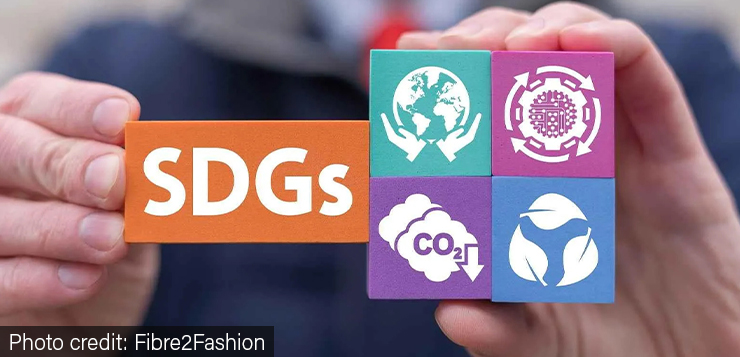
The Asia Pacific textile industry is shifting towards sustainability due to global demands. Key initiatives include partnerships for sustainable practices and compliance with industry regulations. Challenges remain in implementing circularity principles and ensuring transparency. Stakeholders must innovate to drive sustainability in this dynamic industry.
The Asia Pacific countries are experiencing a significant shift towards sustainability, driven by collaborative efforts and technological advancements aimed at enhancing transparency and traceability. With key garment export markets such as the US and the European Union (EU) increasingly prioritising sustainability, Asian textile giants are endeavouring to align with evolving standards. The predominant use of cotton, a major pollutant in the textile value chain, coupled with extensive dyeing and chemical processes leading to water pollution, underscores the urgent need for sustainability measures. Moreover, qualitative factors such as labour welfare, environmental protection, and corporate social responsibility (CSR) are integral to sustainability considerations.
In response to these imperatives, numerous companies and textile manufacturers are establishing partnerships with organisations to establish funds that promote sustainable textiles and production practices. The growing trade between Asia and the Western world, facilitated by agreements like the EU-Singapore FTA and the EU-Vietnam FTA, highlights the significance of meeting stringent environmental regulations. The EU’s forthcoming Sustainability, Circular Economy, and Carbon Border Adjustment Mechanism aims to impose stricter environmental standards by 2030, emphasising the elimination of hazardous materials and maximising recyclable materials in textile and apparel production.
